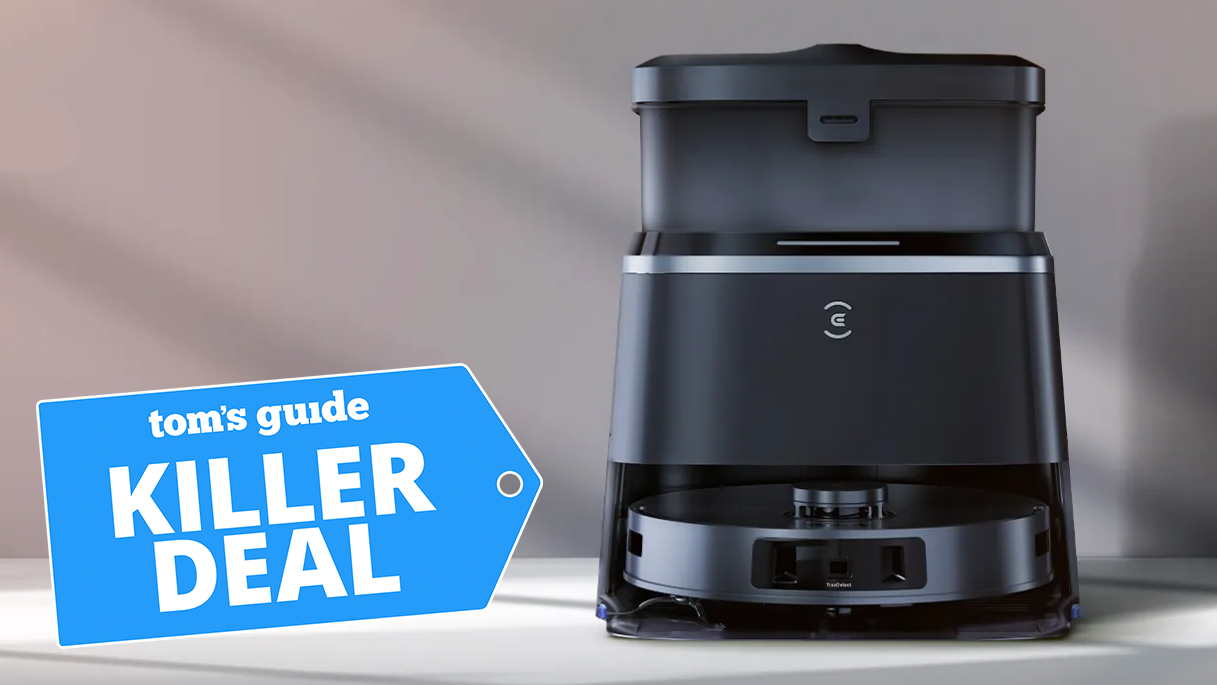But the search for such a pill—or indeed any treatment as effective as CPAP—has proved challenging. Dozens of drugs have failed to show efficacy in clinical trials, and while HGNS was first approved by the US Food and Drug Administration in 2014, Miller says that its rollout has been limited, as many doctors are uncertain about the risk-to-benefit trade-off. “The device is quite costly, and the implantation requires a surgical procedure,” he explains, which comes with added risk to the patient. “As with any new technology, there is often a lag in acceptance from both the medical community and insurers.”
It’s unlikely that a single therapy will be found as an alternative to CPAP, Gaisl argues, because sleep apnea isn’t one single disease—rather, a diverse cluster of conditions. Obesity is known to be one of the major risk factors—and the weight-loss drug tirzepatide has recently been licensed as a sleep apnea therapy—because excess fat around the neck and upper body can obstruct the airway and cause pauses in breathing. But there are many other causes, some of which are only recently coming to light. Researchers are now beginning to understand the impact of ethnicity on sleep apnea, for example, with patients in Asia at heightened risk.
Sleep apnea is resultant of “a mosaic of different things, not just obesity,” says Gaisl. “We’re increasingly seeing that different subgroups benefit most from more personalized approaches.”
This recognition has led researchers to focus more on the EDS population. Gaisl estimates that simply having EDS is equivalent to increasing your BMI by 11 points in terms of the likelihood of developing sleep apnea. That’s because the genes linked to EDS affect the structure of so-called “matrix proteins” like collagen and elastin, which provide the framework for the body’s connective tissues—everything from skin to tendons, muscles, and ligaments.
“Collagen is an integral part of almost all tissues, including those which form the airway,” says Karim Ghobrial-Sedky, an adjunct professor at Drexel University and a sleep specialist who has treated EDS patients with sleep apnea. “In EDS, it’s this abnormality in collagen which makes the airway more prone to collapsing when the person is taking a breath.”
Because of this, researchers believe that EDS sleep apnea patients are especially suited to treatments targeting muscles in the tongue and throat—like Miller’s HGNS, or a newer drug combination under development by a company called Apnimed. Based on the discovery that two compounds, atomoxetine and aroxybutynin, could work in synergy to improve upper airway muscle tone and reduce airway muscle relaxation during sleep, Apnimed has been shown in a clinical trial to reduce instances of sleep apnea by 56 percent. “People with hypermobility are a prime target cohort for these kinds of therapies,” says Gaisl.
While EDS was long considered rare, recent studies suggest genetic hypermobility may affect as many as 1 in 500 people, with women disproportionately affected. Gaisl believes the underlying biology behind these conditions also offers clues for explaining other subtypes of sleep apnea. In his view, the genetics of EDS actively mirrors the damage which other people are inadvertently inflicting on their matrix proteins through behaviors and environmental stresses like smoking, chronic inflammation, excessive dietary sugar and the aging process itself, heightening their risk of sleep apnea through midlife.
“EDS is a kind of natural experiment which is giving us insights into some of the key biological mechanisms behind sleep apnea that are masked in the general population,” says Gaisl.
Such individuals could benefit more from targeted therapies like HGNS or Apnimed’s drug combination, compared with patients whose apnea is primarily driven by weight gain or underlying breathing abnormalities. Newer diagnostics are applying AI algorithms to patients’ sleep data, pinpointing key patterns that suggest a specific type of airway collapse. In the future, these tools could help clinicians to identify such people both faster and more accurately, as well as individuals with undiagnosed hypermobility. These insights could then be used to tailor their treatment.
As researchers learn more about the role of matrix proteins in EDS-related sleep apnea, it could even pave the way for entirely new treatments in future.
Matrix proteins “really point to the importance of collagen in maintaining the airway during sleep,” says Gaisl. “This opens up a new avenue for therapeutics which perhaps target how the connective tissues are impacted over time, causing sleep apnea—treatments which could ultimately benefit a much broader range of patients.”












